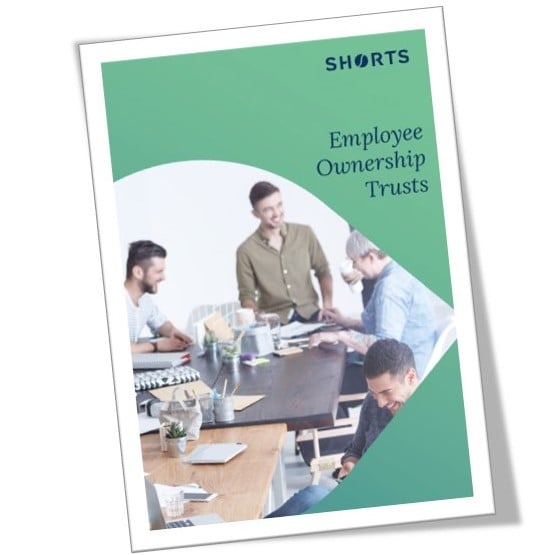
When the UK government introduced Employee Ownership Trusts in 2014, their long-term goal was to encourage more businesses to move to an employee ownership model, most famously employed by John Lewis.
What does the John Lewis model mean?
In simple terms, the John Lewis model gives every employee a stake in the company – this means each employee is part-owner of the business. This model is underpinned by the principle of shared responsibility and benefits. Each employee, regardless of their role or seniority, has a vested interest in the success of the company.
A say in how the business is run
John Lewis employees not only receive a share of the group’s annual profits but also have a say in how the company is run. This participatory approach is facilitated through various channels, such as employee councils and forums, where staff can voice their opinions and contribute to decision-making processes.
Profit sharing
Profit sharing is a major factor in improving productivity, as employees are given a tangible incentive to excel and help the company thrive. When employees know that their hard work directly contributes to their financial well-being, they are naturally more motivated to perform at their best.
This alignment of individual and company goals creates a powerful synergy, driving higher levels of productivity and innovation.
Employee satisfaction
Additionally, this model can lead to higher job satisfaction and lower turnover rates, as employees feel more connected to the company and its success. In other words, the John Lewis model transforms the traditional employer-employee relationship into a partnership, where everyone works together for mutual benefit.
Why does the government encourage the John Lewis model?
According to the UK Government, research has suggested that employee-owned companies that are run appropriately, benefit their employees, the business, and the economy itself.
- Employee-ownership encourages greater commitment and engagement in the company.
- It reduces absenteeism, staff turnover, and even the number of accidents in the workplace.
- It stimulates productivity and profitability compared to similar non-employee-owned businesses.
- It helps businesses become more resilient through times of economic hardship due to less variability over economic cycles.
- It encourages faster growth in sales and employment.
The Government greatly supports employee ownership, which is why they offer very generous tax incentives for business owners who sell their controlling stake to an Employee Ownership Trust.
The benefits of the John Lewis model
Employee-ownership suggests the most substantial benefits of moving to employee-ownership are enjoyed by the employees, not the existing owners. This is not the case – there are some major benefits for existing business owners who dispose of a controlling stake in the company to an Employee Ownership Trust.
- They are guaranteed the full market value of shares.
- The sale of shares is effectively exempt from capital gains tax.
- No IHT liabilities arise on the transfer to the EOT.
- They can recognise the contributions employees have made and reward them appropriately.
- They can transition away from the company gradually, avoiding major disruption and preserving their legacy as a business owner.
- Employee ownership brings several personal and financial benefits for the employees themselves.
What other companies use a model like John Lewis?
Employee-owned companies are a rapidly growing sector of the economy, with the top 50 employee-owned companies in the UK generating more than £20bn in combined sales in 2020. This is a 4.3% increase from 2019.
Other companies that are owned by their employees include:
- Richer Sounds
- Aardman Animations
- Weir Group
- Parfett’s
- Mott MacDonald
- Arup

David Robinson
As a Tax Partner, I advise clients on all aspects of UK tax, ranging from business taxes, transactions and private client matters, helping to achieve the objectives and aspirations of businesses and their owners.
View my articlesTags: EOT
